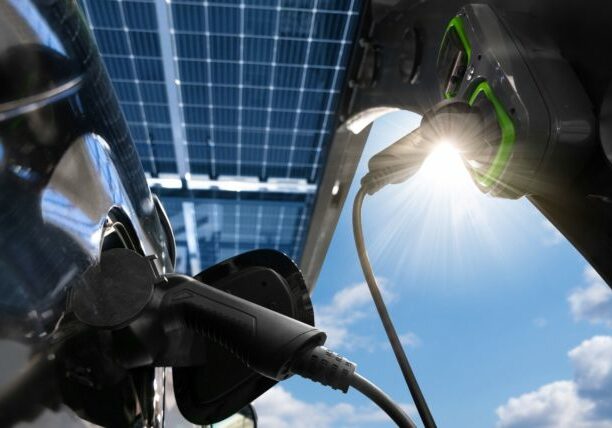February 16, 2016
The Case for Solar+Storage Tax Credits: Clean Energy Group’s Comments to the IRS
By Seth Mullendore
The outlook for U.S. solar development ended on a high note last year with the unexpected extension of the 30 percent federal investment tax credit (ITC) beyond 2016. With tax season on the horizon again, it’s a good time to take another look at how federal tax credits apply to a resilient solar plus energy storage project.
It’s clear from the existing investment tax credit rules that solar and its related components are covered by the ITC, but what about battery storage? Can distributed battery storage be considered an integral part of a solar energy system and be included for the tax credit?
The quick answer is that, yes, energy storage could qualify for the federal ITC when it’s integrated as part of a solar system. Unfortunately, the longer answer gets a bit more complicated, and it can depend on a number of factors that haven’t yet been clarified by the IRS.
The good news is that the IRS recently asked for comments on how the ITC should cover solar and storage systems. Clean Energy Group’s comments, submitted a few days ago, strongly support the eligibility of storage under the ITC. The IRS recently issued a notice, 2015-70, for comments as it
…anticipates issuing regulations under § 48 of the Internal Revenue Code to define certain types of property qualifying for the energy credit under § 48. This notice requests comments on how to define these types of property; specifically, this notice requests comments on the definition of certain equipment using solar energy, certain equipment used to produce, distribute, or use energy derived from a geothermal deposit, qualified fuel cell property, qualified microturbine property, combined heat and power system property, qualified small wind energy property, and equipment using the ground or ground water as a thermal energy source.
In its comments to the Internal Revenue Service regarding the codification of certain current principles in new Section 48 regulations, Clean Energy Group encourages the Internal Revenue Service to clarify:
- That all forms of energy storage, including batteries, thermal storage, flywheels, and associated hardware, when incorporated with a solar energy system, can be eligible for the Section 48 investment tax credit.
- That each qualifying part of an integrated energy storage and solar energy system can be eligible for the Section 48 investment tax credit even if multiple businesses have ownership interests in the system.
- That energy storage devices retrofitted into an already installed solar energy system can be eligible for the Section 48 investment tax credit.
- That an energy storage system incorporated with a solar energy system can be eligible for the Section 48 investment tax credit even if the storage device uses a separate inverter.
- That the “75 percent cliff” rule be reevaluated and better rationalized as applied to dual use energy storage equipment.
Clean Energy Group’s detailed comments on these points can be found here.
Our comments provided a basic policy perspective – that storage devices should be considered solar energy property for the purposes of the investment tax credit under Section 48 because of the added system and grid benefits these devices provide when incorporated into solar energy systems.
In particular, storage devices incorporated with solar energy systems offer important benefits that go well beyond the taxpayer. Storage devices can expand solar systems use, with all of the key economic and environmental benefits such systems offer, by providing unique value opportunities that stand-alone solar systems would not otherwise provide, including:
- Storing off-peak solar energy generation for self-consumption or export to the grid during higher value, on-peak times
- Providing on-site power to loads during periods of peak demand to reduce utility demand constraints and offset customer electricity demand charges
- Supplying reliable backup power during power disruptions and outages
- Delivering value to the larger grid through services such as frequency regulation, voltage support, and transmission and distribution congestion relief and upgrade deferral.
Clean Energy Group believes that the deployment of energy storage is integral to ensuring the continuing success of distributed solar in the United States. The inclusion of energy storage technologies adds value and functionality not only to individual solar energy systems, but to the larger integrated electric power system as well.
Clean Energy Group’s Resilient Power Project recently hosted a webinar with tax professionals from Deloitte Tax to learn more about financing solar+storage projects with federal tax credits. A recording of this webinar is available here.














